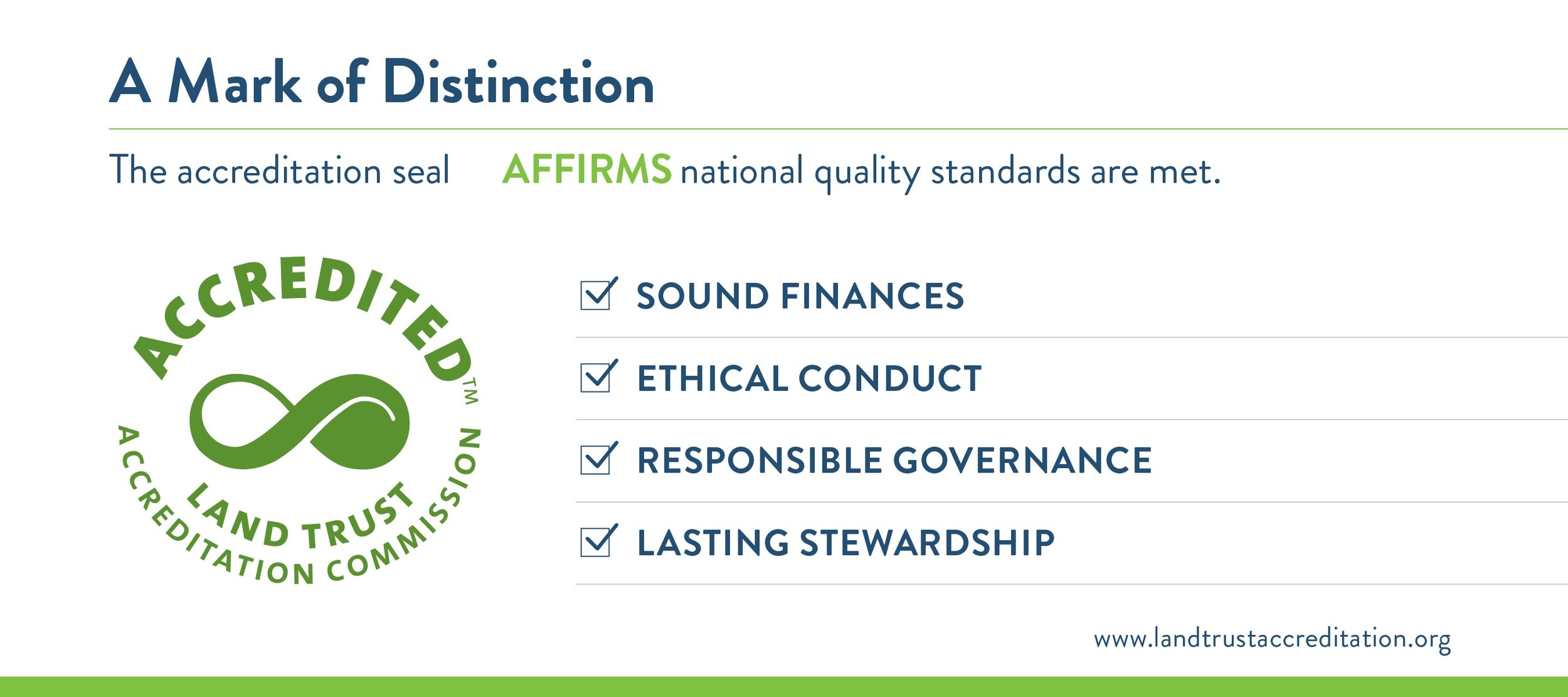The spooky season of October brings with it more than the thrill of haunted forests and creatures that go bump in the night. It’s also a fabulous time for mushroom peeping. The environment’s mycelium, having soaked in the warm, wet conditions of summer, are now fruiting into full-fledged mushrooms, leading the curious observer on a wild scavenger hunt for fungi of all shapes, sizes and colors. Once such mushroom that you might spot this season is the aptly named jack-o’-lantern mushroom (Omphalotus illudens).
As you might suspect, this mushroom provides a bright splash of orange in the browning landscape of fall, making it easy to spot. It also is one of only three mushrooms commonly found in North America to glow in the dark! While scientists aren’t sure what causes this mushroom’s bioluminescence, the quality is found only in the gills of young mushrooms whose spores are still forming. The light produced is generally pretty weak, taking the eyes at least 5 to 10 minutes to adjust before being able to view. But still: Mushrooms glowing on the forest floor—this is the stuff of ghost stories.
However, don’t let the jack-o’-lantern mushroom trick you into thinking it's an edible chanterelle. Mushroom foragers, heed caution as the jack-o’-lantern is a poisonous mushroom that while not deadly, will definitely leave you feeling ghoulish should you nibble on it. You can distinguish the jack-o’-lantern by it’s sharp, clearly defined gills that run the length of the stem. It sprouts in distinct clusters from dead trees and stumps of hardwoods—mainly oaks—instead of from the soil, like chanterelles. The cut stem reveals orange flesh all the way through, and it has a white to yellow spore print.
Trick-or-treating can take on a whole new meaning this fall if you’re brave enough to tramp around the forest’s decaying wood at dusk in search of glowing mushrooms. Keep your eyes peeled, and happy haunting … er, hunting.



